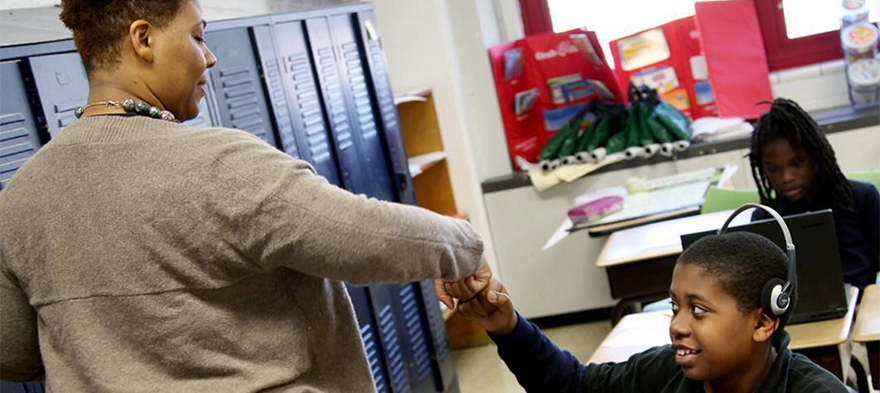
Jun 16, 2016 12:00:00 AM
Between the 2012-2013 and 2014-2015 school years, the average overall suspension rate across all (DC) city schools dropped from 12 percent to 10 percent. The suspension rate for students with special needs, the group of students most frequently suspended from the city’s schools, fell from 23 percent to 19 percent. The suspension rate for black students, the racial group most frequently suspended, fell from 16 percent to 13 percent. The citywide expulsion rate fell from 0.22 percent (22 per 1,000 students) to 0.13 percent (13 per 1,000 students). Strictly by the numbers, the city’s schools are suspending and expelling fewer students.The biggest drops were seen in charter schools. These seem like modest improvements but few school districts are addressing the issue of school discipline meaningfully. In 19 states, corporal punishment is still legal. Racial disparities have become obvious as to which students are punished. To have such data available is an important step towards illuminating what was until recently a prevalent yet underreported problem. A misleading headline in The New York Times stated charter schools were more likely to suspend Black and Brown students, which might have led some readers to think the charter suspension rates were higher than those at traditional schools, when in fact they are similar. The D.C. Public School Board is proving that charter schools take seriously efforts to decrease student discipline. This is something other school districts could learn from.
Caroline Bermudez is chief storyteller at the Charter School Growth Fund and former senior writer at Education Post. Bermudez has been a journalist for almost 10 years. She was staff editor at The Chronicle of Philanthropy, covering the nonprofit world, with a particular focus on foundations and high net-worth giving. She has interviewed prominent business, political and philanthropic leaders including Colin Powell, Ronald Perelman, Carl Icahn, Patty Stonesifer and Eli Broad. She also assisted with The Chronicle's Philanthropy 50, its annual ranking of America's most generous donors. A proud graduate of Chicago Public Schools, she has a B.A. in history from Swarthmore College.
The story you tell yourself about your own math ability tends to become true. This isn’t some Oprah aphorism about attracting what you want from the universe. Well, I guess it kind of is, but...
If you have a child with disabilities, you’re not alone: According to the latest data, over 7 million American schoolchildren — 14% of all students ages 3-21 — are classified as eligible for special...
The fight for educational equity has never been just about schools. The real North Star for this work is providing opportunities for each child to thrive into adulthood. This means that our advocacy...
Your donations support the voices who challenge decision makers to provide the learning opportunities all children need to thrive.
Ed Post is the flagship website platform of brightbeam, a 501(c3) network of education activists and influencers demanding a better education and a brighter future for every child.
© 2020–2024 brightbeam. All rights reserved.
Leave a Comment